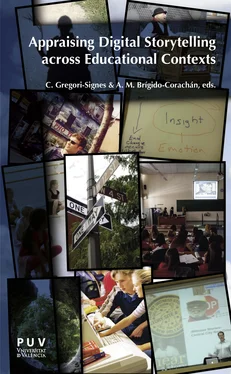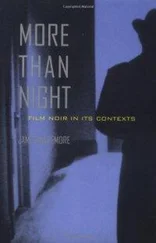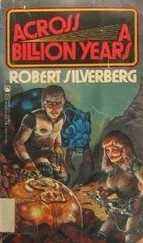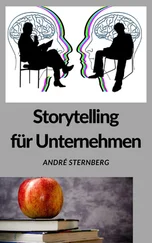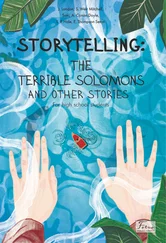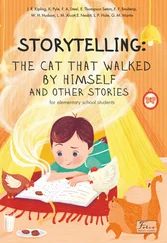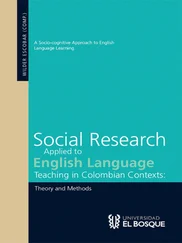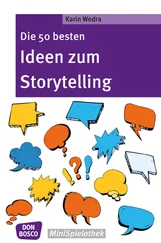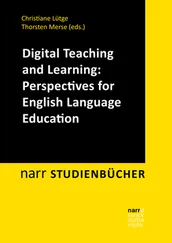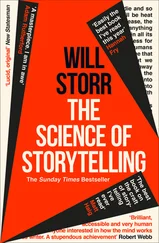The present volume includes three introductory articles that frame these pedagogical experiences by introducing readers to the historical context of the genre (Lambert), then moving to its potential as a vehicle for social reflection and personal introspection (Rodríguez Illera), and finally investigating the idiosyncratic features of the narrative voice in other related digital storytelling formats such as newspapers (Palau Sampio). The remaining articles more specifically delve into a variety of DS practices in different educational settings and fields of research, that is, they explore what is the core focus of this book, the pedagogical uses of digital storytelling, by applying an objective lense to the form’s merits and shortcomings. Robin and McNeil and Nguyen and Robin discuss various DS projects that have been implemented at the University of Houston, a pioneering institution in the field of educational digital storytelling, and give critical advice on how the collaborative process of creating a digital story should be organised to maximise its effectiveness. While Jamissen and Haug consider the challenges of using DS to improve professional competence in pre-service teachers, the articles of Lee, Maureen, and Ramírez Loya focus on the various uses of DS in foreign/second language learning. Finally, Yuksel et al., examine DS activities with younger practitioners in kindergarten, while Dundford and Rooke take us beyond the traditional classroom to describe the empowering experience of using DS in long-life learning programmes with older adult groups.
Finally, it is worth stressing that contributors to this volume are all socially-conscious educators who have often brought digital storytelling outside school boundaries, transferring the empowering, pedagogical benefits of digital storytelling to other collectives such as the elderly or to immigrant communities in their respective countries, through community-based projects, continuing education programmes, and social workshops of many kinds. Writing, telling, and listening to others’ stories help us become reflective, life-long learners and committed, participative citizens. The articles that follow ultimately teach us that classrooms have no walls.
The volume opens with a chapter by Joe Lambert on the history, core process, social, and educational advantages of DS for the individual user/storyteller, the role of the very active Center for Digital Storytelling (CDS) in the spread of DS around the world via its dynamic and inspiring workshops, and explores the future of digital stories in today’s increasingly digital society. In his article, “Digital Storytelling at a Crossroads. Historical Context for an Ever-Emerging Genre”, Joe Lambert, one of the driving forces at the CDS, describes the four phases of dissemination of their methods in digital storytelling: the Creative Phase (1993-1996), the Literacy Phase (1997-2001), the Methodological Phase (2002-2004), and the Ethos Phase (2005-2013). During the creative phase, the CDS considered the potential of digital video [and] “[…] was somewhat unique in suggesting that these very state-of-the-arts tools were about greatly expanding the literacy of people as media creators” (Lambert, in this volume). Lambert explains how the CDS organised workshops all over the United States to expand their method. The literacy phase (1997-2001) consolidated this expansion with the publication of their Digital Cookbook , which provided the public with a method that could be mimicked by creative educators who wanted to work with DS. Educators in the United States soon realised that this approach to storytelling implied a multimodal approach to communication and learning that would ultimately be replicated, later on, all over the world: “the Cookbook became a teaching text, and we developed the first Train-the-Trainer materials to assist educators in developing their own curriculum” (Lambert, in this volume). This growth, however, implied a change to the original first person narrative promoted by the CDS. As argued by Lambert “the challenge of scholastic demands and a general resistance to the idea of first person storytelling as appropriate for classroom contexts, meant that in many K-12 contexts, digital stories became illustrated essays, essentially taking the style of impersonal analytical exposition with pictures.” As for the methodological phase (2002-2004), during this period the CDS established itself as a global authority on the method for teaching DS with the publication of Digital Storytelling, Capturing Lives, Creating Community . The CDS and their method gained recognition at an international level, a fact that brought about a diversification of the practice of digital storytelling and forced the CDS to position themselves against the different emerging types of digital stories. The CDS chose to stay within his origins and, as Lambert explains, kept a “specifically affective approach to digital storytelling as a tool for emotional health and wellbeing.” Finally, during the Ethos phase, the CDS reconfigured their objectives and approach and concluded that DS can be used “in the processes of creative self-definition, emotional intelligence and social and emotional learning, as a core component of well-being and whole thinking for a 21 stCentury student.” Their work aims at spreading democratic values and civil participation, making sure that all minority groups, disenfranchised communities, and also individuals within those collectives, can raise their voice and have a vehicle and public space to tell their story. Lambert particularly emphasises the role of the Story Circle in the DS process since the CDS is a highly precise model of group facilitation.
The concept and context of the emergence of personal digital storytelling is explored by José Luis Rodriguez-Illera in his article “Personal Storytelling in the Digital Society”. Rodríguez-Illera dissects the two core components of DS, that is, “digital” and “storytelling,” considering each of them separately and in relation to one another. He focuses on the function rather than the form of personal digital storytelling and distinguishes between informative vs. expressive digital stories while admitting that they may overlap. He then proceeds to characterise more precisely the type of text generated by personal digital storytelling and the process through which such stories are produced. Rodriguez Illera argues that personal digital stories share features with autobiographical narratives, in particular with what Lejeune (1975, cited in Rodríguez-Illera in this volume) refers to as the “autobiographical pact”, in which the author, narrator, and character are one and the same, which differentiates it from other genres. Core characteristics of personal DS underlined by Rodriguez-Illera include its linearity, its short duration, and its autobiographical focus. Finally, the author concentrates on the reception of DS and its point of view indicating that: “what is truthful about the text is its internal credibility or, put another way, the relationship between the author and the degree of truth that he/she confers on what is narrated.” As for the relationship between reader and author and DS, the strategies identified by the author are of an external and internal nature. The external features are bound by the host website itself and by the markers that reveal the amateur nature of the storytellers. Internal characteristics would be, in large part, the voice and first person narration and the emotional nature of the story. Rodriguez-Illera concludes his article by positing that further studies should be devoted to DS and its generic hybridity.
The next article by Dolors Palau, “Atomisation of Data versus Storytelling”, draws attention to the current transformation of the narrative voice in digital newspapers. According to Palau Sampio, the narrative voice is a potentially powerful element of writing that is being neglected by media in the digital age. Palau examines the configuration of the narrative voice in over three hundred examples of the newspaper genre features ( especiales ) published by two Spanish newspapers with a large readership. Applying both quantitative and qualitative methods to her analyses, she concludes that contemporary digital news lean towards the suspension of traditional characteristics of narrative such as plot, voice, and internal coherence, and favour instead an atomisation of data and a disjointed presentation of separate elements in the featured story that enables authors to avoid responsibilities. For journalists, bloggers, reporters, and communicators of the digital age the challenge is no longer the knowledgeable use of media tools and ICTs but, as Palau points out, “the capacity to narrate, to tell a story, to give a full account of a complex reality in a multimedia, hypertextual, and interactive environment”, and to recover the interpretative and analytical standards of quality journalism. Moreover, by turning their reporting into mere of assemblages of data, contemporary journalists fail to fully explore the potential of multimodality in electronic media. Therefore, Palau advocates for the creation of complex multimedia stories through the reinforcement of traditional narrative features in concert with new technologies –both of which should play an integral part in the academic training of future media and communication professionals.
Читать дальше
